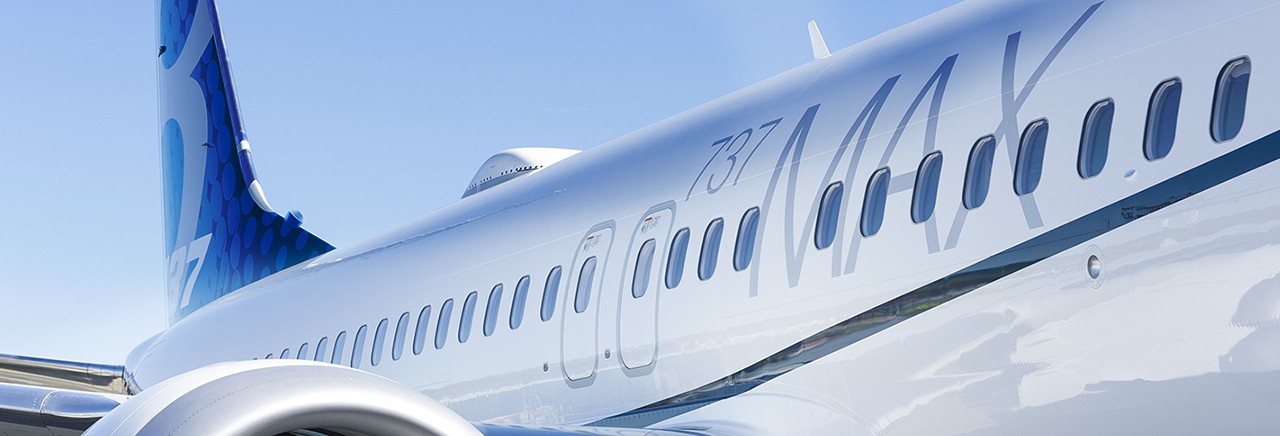Bill Boeing founded The Boeing Company on the belief that he could build something better. That philosophy continues today and is seen in Boeing’s culture of continuous improvement. When Boeing pursues innovation and change, it does so in a manner that is disciplined, rigorous and thorough, employing a team that pulls from the brightest minds in the industry.
For commercial airplane manufacturers such as Boeing, product changes are driven by the need to adapt to evolving market conditions and keep pace with advances in technology. Manufacturers like Boeing also introduce design changes based on learnings from the in-service fleet. The goal is to innovate in ways that improve the industry and passenger experience, while always holding safety of the passengers and crew as the utmost priority. Boeing’s objectives when it undertakes a change to its products include:
- Improving the safety and wellbeing of passengers and crew.
- Making design improvements that yield efficiencies and cost savings.
- Boosting airplane efficiency and performance.
- Complying with new regulatory requirements.
- Meeting new customer requirements.
- Addressing obsolete parts and materials.


